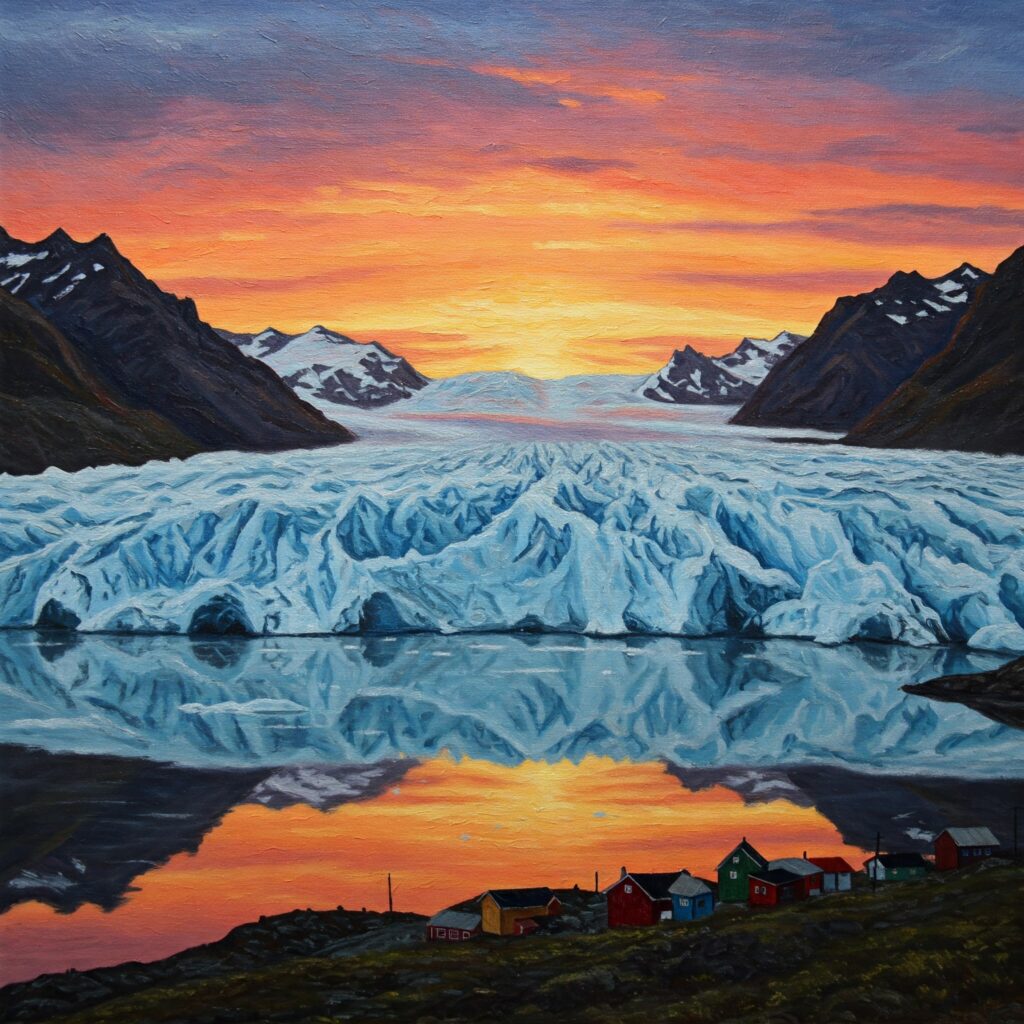
“This international year must be a wake-up call to the world.”

Celeste Saulo
WMO Secretary-General
“Their rapid disappearance is a stark reminder that we must act now.”

Audrey Azoulay
Director-General of UNESCO
“Glaciers don’t care if we believe in science – they just melt in the heat for all to see.”

John Pomeroy
WMO
The United Nations Educational, Scientific and Cultural Organization (UNESCO) and the World Meteorological Organization (WMO) have jointly launched the International Year of Glaciers’ Preservation in 2025. This global effort aims to increase public understanding of the crucial role glaciers play in the Earth’s climate and water systems, as they face severe threats from accelerated melting. Glaciers hold a significant portion of the world’s freshwater, and their disappearance endangers future water supplies. The year-long initiative will feature various activities focused on improving glacier monitoring, establishing early warning systems for glacier-related disasters, promoting sustainable water management, safeguarding glacier-related cultural heritage, and involving young people in preservation efforts. The rapid melting of glaciers not only causes immediate dangers like landslides and floods but also poses a long-term risk to water availability. Furthermore, glaciers contain valuable historical climate data and are culturally important to many communities. The International Year emphasizes the urgent need to reduce greenhouse gas emissions and adopt effective strategies to protect these vital resources for generations to come.
- Glaciers
- Large, persistent bodies of ice formed from the accumulation and compaction of snow that flow slowly under their own weight.
- UNESCO
- The United Nations Educational, Scientific and Cultural Organization, which seeks to promote international collaboration in education, science, culture and communication.
- WMO
- The World Meteorological Organization, a specialized agency of the United Nations that promotes international cooperation in atmospheric science, climate monitoring, and weather forecasting.
- Climate System
- The complex interaction of the atmosphere, hydrosphere (water), cryosphere (ice and snow), lithosphere (Earth’s crust and upper mantle), and biosphere (living organisms) that determines the Earth’s climate.
- Hydrological Cycle
- The continuous movement of water on, above, and below the surface of the Earth.
- Greenhouse Gas Emissions
- Gases released into the atmosphere that trap heat and contribute to global warming.
- Adaptation Strategies
- Actions taken to adjust to the actual or expected effects of climate change.
UNESCO and WMO Launch International Year of Glaciers’ Preservation 2025
UNESCO and WMO Launch International Year of Glaciers’ Preservation 2025
This article discusses the launch of the International Year of Glaciers’ Preservation 2025 by UNESCO and the World Meteorological Organization (WMO) on January 21st, 2025. The key concept is to raise global awareness about the critical role of glaciers in the climate system and hydrological cycle and to address the urgent challenges posed by accelerated glacier melting.
Key Concepts and Explanations
- Glaciers and ice sheets store about 70% of the global freshwater.
- Rapid glacier retreat due to climate change threatens long-term water security.
- In 2023, glaciers suffered the largest mass loss in the five decades of record-keeping.
- The International Year aims to increase awareness of the vital role of glaciers, snow, and ice in the climate system and hydrological cycle.
- UNESCO and WMO are leading the international efforts, supported by over 75 international organizations and 35 countries.
Essential Technical Details
The initiative focuses on:
- Expanding global glacier monitoring systems.
- Developing early warning systems for glacier-related hazards.
- Promoting sustainable water resource management.
- Preserving cultural heritage linked to glaciers.
- Engaging youth in glacier preservation efforts.
The melting of glaciers results in a short-term increase in landslides, avalanches, floods, and droughts, and poses a long-term threat to water supplies. Glaciers also hold irreplaceable records of human, environmental, and climate history. Their loss would mean the irreversible disappearance of culturally and spiritually significant sites.
The International Year of Glaciers’ Preservation 2025 emphasizes the urgent need for immediate action to reduce greenhouse gas emissions and implement effective adaptation strategies.



